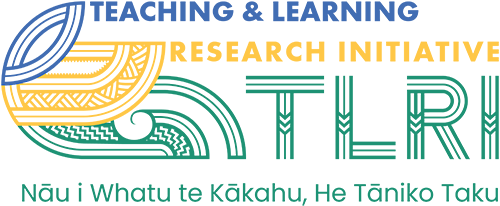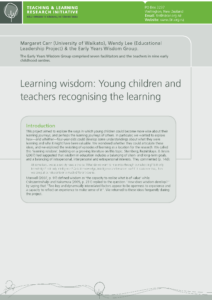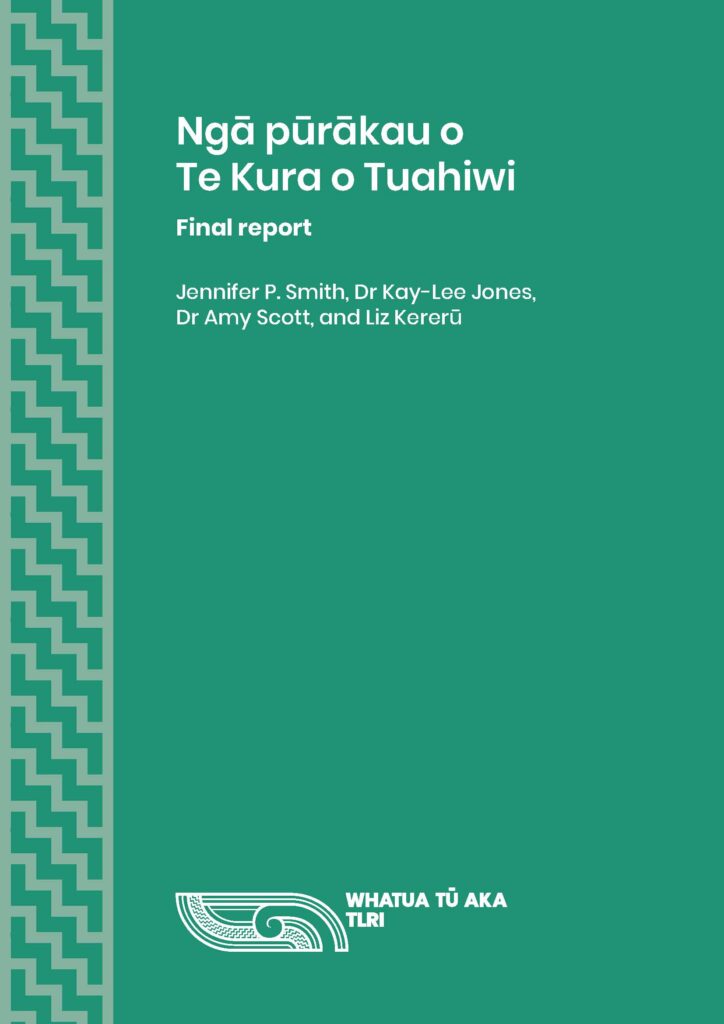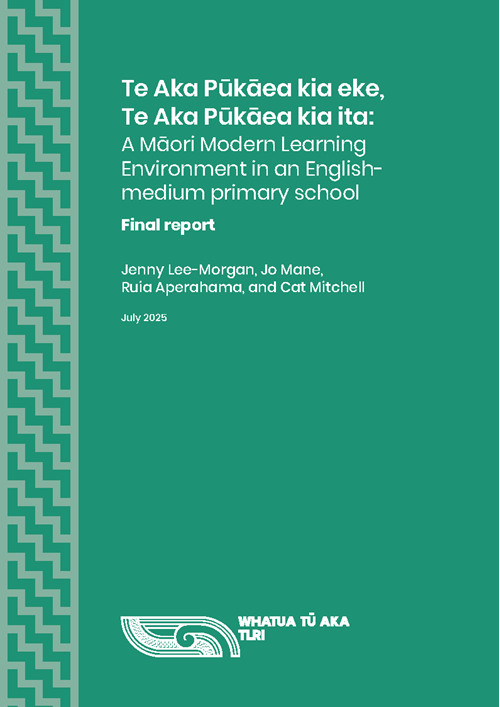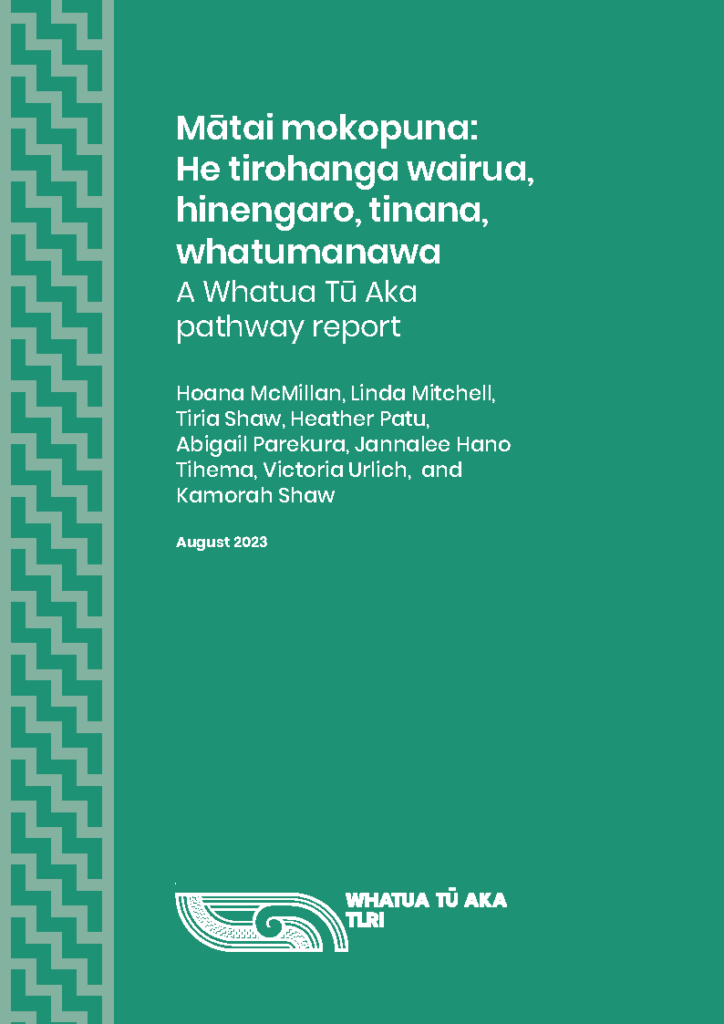Introduction
This project aimed to explore the ways in which young children could become more wise about their learning journeys, and perhaps the learning journeys of others. In particular, we wanted to explore how—and whether—four-year-olds could develop some understandings about what they were learning and why it might have been valuable. We wondered whether they could articulate these ideas, and we explored the revisiting of episodes of learning as a location for the research. We called this ‘learning wisdom’, building on a growing literature on this topic. Sternberg, Reznitskaya, & Jarvin (2007) had suggested that wisdom in education includes a balancing of short- and long-term goals, and a balancing of intrapersonal, interpersonal and extrapersonal interests. They commented (p. 148):
At some level, we as a society have a choice. What do we want to maximise through our schooling? Is it only knowledge? Is it only intelligence? Or is it knowledge, intelligence and wisdom too? If it is wisdom too, then we can put our students on a much different course.
Maxwell (2007, p. 97) defined wisdom as ‘the capacity to realise what is of value’ while Csikszentmihalyi and Nakamura (2005, p. 231) replied to the question “How does wisdom develop?”
by saying that “Two key and dynamically interrelated factors appear to be openness to experience and a capacity to reflect on experience to make sense of it”. We returned to these ideas frequently during the project.
The research
The research questions in the project were:
- Can revisiting learning experiences over time assist children to recognise learning story-lines that incorporate an understanding of why, when, and how to take an interest, become involved, persist with difficulty, communicate with others, and take responsibility?
- What teacher strategies for documenting and revisiting learning experiences with young children appear to enhance this capability?
Each of the nine early childhood centres contributing to the research documented the development of at least one case study child over a year of the project. These children were chosen by age (going to school between July and September in the final year of the project), although one case study was a younger child, as an example of revisiting using almost no language. Teachers practised a range of conversation strategies in the first six months of the project. Data on the case study children revisiting their learning were collected from tape-recorded conversations about episodes of learning (often using learning stories, Carr, 2001a, and the photos in them, or videos, as a catalyst) and from teachers’ journals. Teachers met together regularly with the research project’s two directors and seven facilitators for discussions about these strategies and the children’s responses. A facilitator for each centre provided onsite visits and support, and a United Kingdom adviser, Professor Guy Claxton, added ideas and provocations.
Key findings
- From case studies of four-year-olds revisiting their learning, we constructed five teaching-and-learning domains of wisdom in education: kindness, dialogue, resourcefulness, expertise and flow.
- In determining what was ‘wise’ about the learning, we found that each of the five domains was characterised by an implicit or explicit balancing of goals and interests.
- We found that a range of deliberate teacher strategies can provide opportunities for the engagement of children in revisiting their learning in order to encourage ‘an openness to experience, and a capacity to reflect on experience and to make sense of it’.
Discussion
The five learning wisdom domains
Table 1 shows how the five learning wisdom domains link to the curriculum strands in Te Whāriki and the key competencies in the New Zealand Curriculum.
| Te Whāriki | Key competencies | Learning wisdom |
| Contribution | Relating to others | Kindness |
| Communication | Using language, symbols & texts | Dialogue |
| Exploration | Thinking | Resourcefulness |
| Belonging | Participation | Expertise |
| Well-being | Managing self | Flow & focus |
Balances
The literature (Sternberg, 2003) had introduced us to the idea that ‘wisdom’ is about negotiating balances, and we found that this idea illuminated our data and was useful for interpreting our observations and conversations with children and families. We analysed the balances that children were negotiating (implicitly or explicitly) as they developed these ‘funds, repertoires or “stores” of disposition’.
On both his visits (November 2008 and November 2009), Guy Claxton strongly supported the notion of negotiating balances as a key aspect of learning wisdom. We have recognised, therefore, that wisdom about learning is both dynamic (it changes over time as children experiment with, experience and construct different balances on different occasions) and transactional (balances respond to perceived opportunity in the educational environment). We all agreed that time is important, and wisdom is also progressive, in that an accumulation of opportunities to learn enables young children to make sense of what is valued in the early childhood centre and to develop a repertoire of understandings and assumptions—and, sometimes, critical strategies. We use the word ‘progressive’ instead of ‘developmental’ because the latter implies an unfolding of pre-disposition.
At the very beginning of the project, we suggested that learning wisdom was about knowing why and what (inclination), and when (recognition of occasion) and how (the skill and the knowledge) to learn: being ready, willing and able. As Claxton (2007, p. 42) says:
I prefer to think of dispositions rather than skills because wise actions will not be produced spontaneously unless a person is disposed toward them, that is, inclined to see appropriate occasions and to act on them. To be wise, I think you have to be ready and willing, as well as able.
This notion of balances emphasises the ‘knowing when’, the sensitivity to occasion (Perkins, Jay, & Tishman, 1993) or attunement (Greeno et al., 1998) aspect. This is a major task of the early years: given time and opportunity, children develop and strengthen inclinations, attunements and abilities associated with positive learning orientations and dispositions (and key competencies); and balances tip one way and then another, depending on experience and the learners’ perception of opportunity and circumstance. Learners in the early years can also, of course, develop negative learning orientations and dispositions if opportunity and circumstance are disabling. Table 2 shows the balances in the context of each learning wisdom domain.
| Learning wisdom domains | The balances |
| Kindness | Balancing the perspectives of self, the other, and the collective; independence and interdependence; generosity to others and concerns for self; socialising and self containment; being authoritative and accountable (Greeno, 2006) |
| Dialogue | Balancing speaking and representing in a range of ways; dialogue and doing; watching and participating; audiences for dialogue (home languages and English) |
| Resourcefulness
(We also called this the domain of playfulness, or curiosity). |
Balancing the purposeful and the playful; the use of resources designed for a purpose against imagining alternatives and improvising |
| Expertise | Balancing multiple selves (biologist, learner, pupil, sister, friend…); reconciling the pleasure of being competent with the pleasure of being uncertain (as Guy Claxton wrote during the project) |
| Focus & flow | Balancing challenge and ability (as Csikszentmihalyi, 2007, would say of ‘flow’); absorption and reflection; persistence and re-prioritising; adventure and security; managing distractions to optimise ‘flow’ or deep engagement |
There is a sense in which the notion of balances makes trouble for the notion of continuity of learning. The dynamic notion of balances implies a fulcrum, a pivot around which a ‘balance’ across a continuum is found– often temporarily, depending on context and experience (the transactional and the progressive). This TLRI project therefore built on an earlier TLRI project on ‘key learning competencies across place and time’ (Carr et al., 2008).
Teachers’ strategies
Teachers can develop strategies for affording the engagement of children in revisiting their learning. The following summarises the teachers’ developing understandings.
The teachers:
- knew what valued learning they were aiming for—they could recognise it when they saw it
- were deliberate in their teaching
- valued dialogue with others about their teaching and learning
- recognised strategies that usually worked and those that usually did not, and that some strategies worked for some of the children some of the time
- were alert to the fact that children could and would revisit their learning in a range of different ways.
Revisiting portfolios and learning stories
Noticing and listening
Often children spontaneously revisited their portfolios, and if teachers were nearby they noted the comments for the project. On one occasion, one of the facilitators heard part of the conversation as four girls compared their portfolios: they were commenting on who was in the photographs, perhaps constructing or rehearsing their belonging to a social community represented in the portfolio. In another centre a child spoke her first words in English after spontaneously ‘reading’ stories in her portfolio about her visit to the school library, chanting “I’m a Library Girl”. This was an example of the opportunities for constructing learning identities during the project (teachers deliberately used this language; one teacher was revisiting a new learning story with a child who asked “Is that me doing my book?”; she replied “Yes, when you were becoming an author”).
Teachers’ revisiting conversations with children
During the project, the teachers trialled a number of conversational strategies as they semi-formally revisited portfolios and learning stories and discussed ‘what next’ with the children. A framework by Wood and Wood on ‘Questioning the Preschool Child’ (Wood & Wood, 1983) was reflected here, since the teachers found that, with many children, personal contributions and ‘conversational oil’ such as paraphrasing and ‘phatics’ (mmhm, uh-huh) were more helpful than direct questions. Having something interesting to talk about is often a good start for a conversation (Carr, 2001b): the learning stories usually worked well for this, especially when the stories were personalised, and when the text was read back to the child and referred to earlier examples of learning or earlier stories. The teachers in the project discussed their impression that the nature of the story and the accompanying images (usually digital photographs but sometimes movie clips) made a difference to whether the stories engaged the children. Teachers might well explore this further, since learning stories are written in different ways and for different audiences. As the project developed, children (and teachers) began to see revisiting conversations as regular everyday events. Sometimes they were incorporated into routines (as children arrived, for instance, or associated with wall displays). The findings from this project will be published in two forthcoming publications: Carr, M. & Lee, W. (forthcoming, 2012) Learning Stories: constructing learner identities in the early years (London: Sage) and Carr, M. (forthcoming) ‘Young children reflecting on their learning: teachers’ conversation strategies’ in the journal Early Years.
References
Carr, M. (2001a). Assessment in early childhood settings: Learning stories. London: Paul Chapman.
Carr, M. (2001b). Seeking children’s perspectives on their teaching. In S. Taylor & R. Gollop (Eds.). Advocating for children: International perspectives on children’s rights (pp. 37–55) Dunedin: Otago University Press.
Carr, M., Peters, S., Davis, K., Bartlett, C., Bashford, N., Berry, P., . . . Wilson-Tukaki, A. (2008). Key learning competencies across place and time. Kimihia te ara tōtika hei oranga mō to aō . Wellington: NZCER Teaching and Learning Research Initiative.
Claxton, G. L. (2007). Wisdom: Advanced creativity? In A. Craft, H Gardner and G Claxton (Eds.), Wisdom, Creativity and Trusteeship (Chapter 3). Thousand Oaks, CA: Corwin Press.
Csikszentmihalyi, M. (1997). Finding flow: The psychology of engagement with everyday life. New York: Basic Books.
Csikszentmihalyi, M., & Nakamura, J. (2005). The role of emotion in the development of wisdom. In R. J. Sternberg & J. Jordan (Eds), A handbook of wisdom: Psychological perspectives (pp. 220–242). NY: Cambridge University Press.
Greeno, J. G. (2006). Authoritative, accountable positioning and connected, general knowing: progressive themes in understanding transfer. The Journal of the Learning Sciences, 15(4) 537–547.
Greeno, J. G., & The Middle School Mathematics Through Applications Project Group. (1998). The situativity of knowing, learning and research. American Psychologist, 58, 5–26.
Maxwell, N. (2007). From knowledge to wisdom: The need for an academic revolution. London Review of Education [July special issue on wisdom], 5(2), 97–116.
Perkins, D. N., Jay, E., & Tishman, S. (1993). Beyond abilities: A dispositional theory of thinking. Merrill-Palmer Quarterly, 39(1), 1–21.
Sternberg, R. (2003). What is an ‘expert student’? Educational Researcher, 32(8), 5–9.
Sternberg, R. J., Reznitskaya, A., & Jarvin, L. (2007). Teaching for wisdom: What matters is not just what students know, but how they use it. London Review of Education [July special issue on wisdom], 5(2), 143–158.
Wood, D., & Wood, H. (1983). Questioning the pre-school child. Educational Review, 35(2), 149–162.
